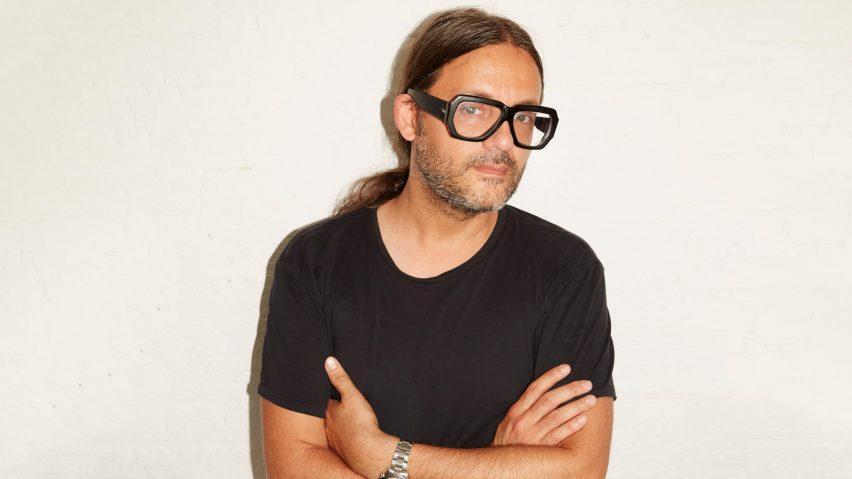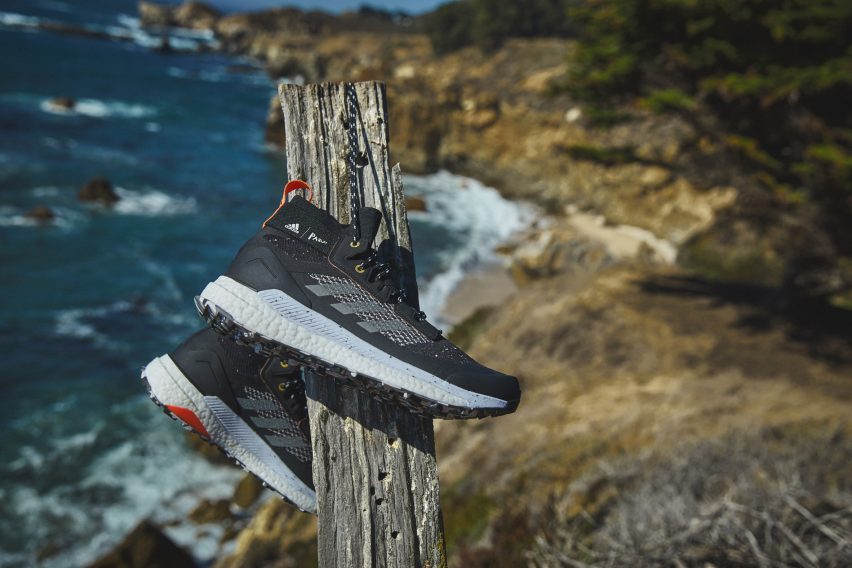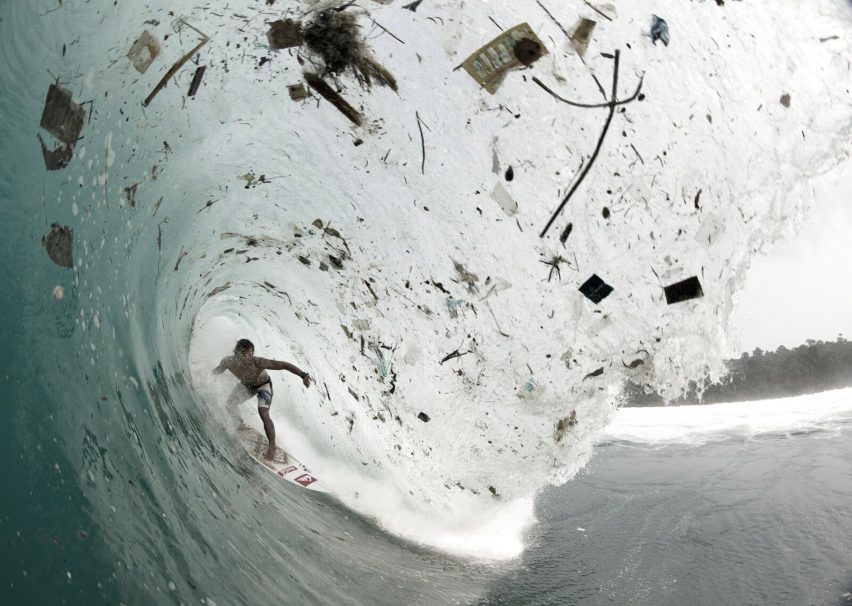
The circular economy "will never work with the materials we have" says Cyrill Gutsch of Parley for the Oceans
Plastics will be replaced within ten years by biofabricated materials that eliminate waste and pollution, according to Parley for the Oceans founder Cyrill Gutsch.
In future, natural substances such as algae, bacteria, enzymes and proteins will be used to grow materials that will replace today's plastics, said the former designer.
Biofabrication "will replace pretty much everything"
"I believe that the future is about materials that are non-toxic," said Gutsch, who heads the organisation dedicated to preserving the world's oceans. "I think biofabrication ... will replace pretty much everything in the next 10 years."
Until now, Parley for the Oceans has mostly focussed on the problem of plastic pollution, trademarking the term Ocean Plastic and finding new high-value uses for the waste material such as shoes and sunglasses.

However, Gutsch believes that recycling is not a long-term solution. "It's just a bandage and a translation from an old technology to a new one, he said. "It is nothing else than a step in between."
"The circular economy idea will never really work with the materials we have," he added, referring to a concept that involves recycling and reusing materials to eliminate waste and pollution.
This is not possible with materials such as plastics, he said, since they can never be manufactured and recycled without harmful side effects. The materials are "always shedding and leaking," he explained. "They're always doing something bad."
New institute will promote green chemistry and biofabrication
Talking to Dezeen during a live interview as part of Virtual Design Festival last week, Gutsch gave details of a new body called the Parley Institute for Material Science, which will help identify and speed up the development of alternative materials.
"We have a team together now of the best chemists and astrophysicists and entrepreneurs and people that know how to deal with investment strategies and people who can build supply chains," he said.

The institute, which has yet to be formally launched, will particularly explore how green chemistry and biofabrication can be used to find alternatives to plastics.
Biofabrication involves using cells, proteins and other natural elements as building blocks to "grow" materials; while green chemistry involves using scientific processes to develop materials that do not produce toxic waste either during their manufacture or during their disposal and reuse.
Green chemistry can create fabrics from proteins
"I think that we can make things in a totally different way," said Gutsch. "We can grow them and they're going to have additional features that we can't even dream of yet," adding that it would take around 10 years to perfect new processes and up to 20 years to scale them up.
Gutsch said he was aware of companies using enzymes to make materials with similar properties to plastics, while another firm is exploring how to use proteins, which are large molecules made up of amino acids that provide essential nutrition to living things, to make new wonder materials.
"I have seen amazing things based on protein," he said, referring to a company that has developed ways of turning the molecules into fabrics. "I can't speak about it. You would freak out. They made better cashmere than you ever saw, but they can spin it also into normal polyester or into wool. They can make leather from it. And I've seen it."
He said the process, which remains confidential, does not involve adding secondary materials such as plastics to improve performance, meaning the material can break down harmlessly after use.
Plastic waste "a symbol" of global problems
In the live interview, Gutsch admitted that Parley for the Oceans' focus on eliminating plastic waste was a branding exercise to draw attention to the plight of the oceans rather than a viable way of saving biodiversity. "It's a flag, it's a symbol" of the plight of the planet, he explained.
In an interview with Dezeen last August, Gutsch said: "I don't believe that we're going to clean up the oceans." Instead, he said new materials are needed to replace plastic.
The main image is by Eric White.